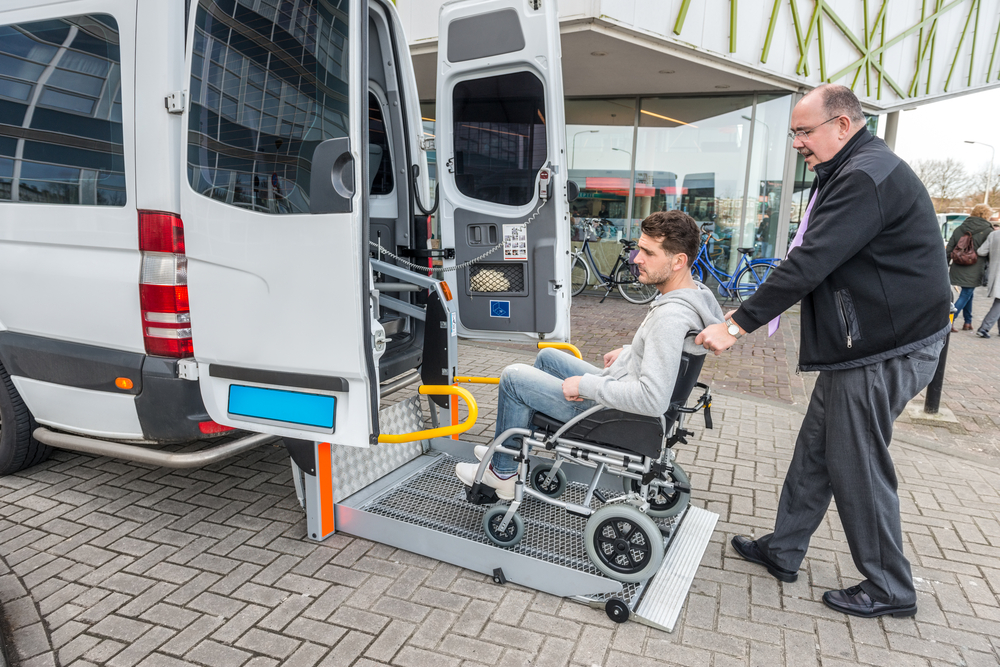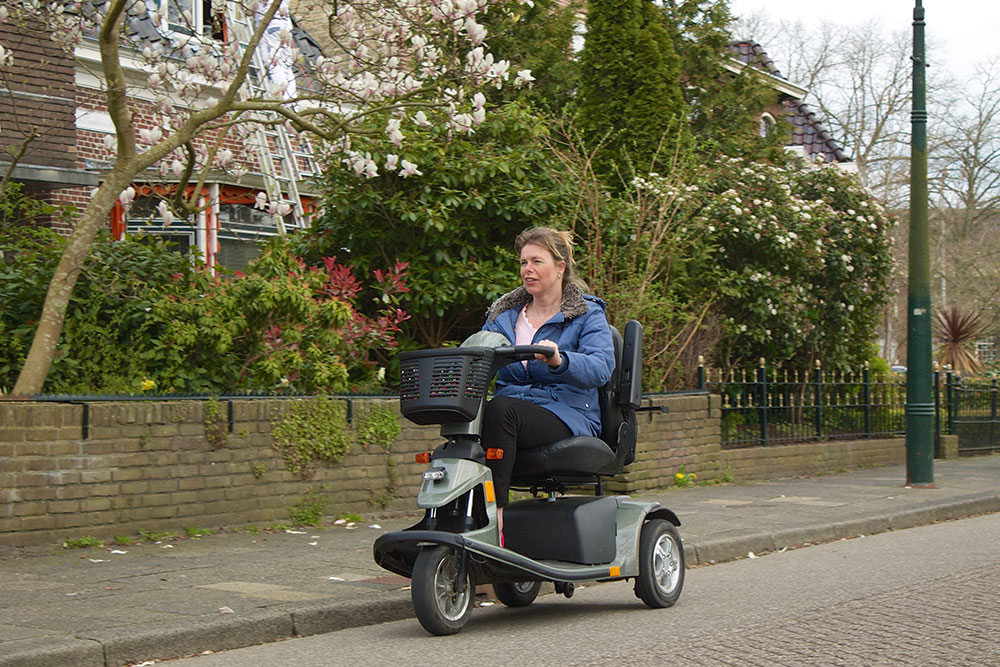Comprehensive Guide to Buying a Used Accessible Van for Enhanced Mobility
This comprehensive guide provides essential tips for purchasing a used accessible van, focusing on safety, functionality, and affordability. It covers key considerations such as operator needs, user measurements, seating capacity, parking space, extra features, and budget. Whether for personal or family use, the guide ensures buyers make informed decisions, selecting a vehicle that offers reliable mobility support. Learning about modifications, safety standards, and financing options helps buyers find a used accessible van that suits their current and future needs, promoting independence and comfort of users with disabilities.

Comprehensive Guide to Buying a Used Accessible Van for Enhanced Mobility
Accessible vans play a crucial role in providing independence and mobility for individuals with disabilities. These specially modified vehicles enable users to travel comfortably and safely, whether they are wheelchair users or have other mobility challenges. While purchasing a brand-new accessible van offers the latest features and customization options, it often comes with a high price tag that can be prohibitive for many. As a more affordable alternative, purchasing a thoughtfully selected used accessible van can be an excellent solution, provided the buyer is well-informed about what to look for and how to evaluate potential vehicles.
Who will operate the van?
Most accessible vans are designed primarily for passengers rather than drivers. If the individual with a disability intends to operate the vehicle themselves, especially from a wheelchair, consulting a professional Driver Rehabilitation Specialist is highly recommended. They can advise on suitable modifications, driving techniques, and safety considerations. Deciding whether the user will transfer to a standard driver’s seat or operate directly from their wheelchair significantly influences the vehicle’s interior configuration. For instance, some vans are equipped with adaptive controls suitable for wheelchair drivers, while others are better suited for passengers being transferred into a conventional seat.
Assessing the user’s height, weight, and wheelchair dimensions
Accurate measurements of the wheelchair user’s height and weight are fundamental to choosing a vehicle that ensures both comfort and safety. The dimensions of the wheelchair, including width, length, wheel size, and the height of the user seated in their mobility device, are critical parameters. Additionally, consider the total weight of the individual combined with their chair and accessories, as this affects the vehicle’s capacity and safety features. Proper measurements help determine the appropriate size and type of ramp or lift, aisle width, and securement systems, ensuring easy access without compromising stability or safety.
Determining seating capacity and passenger needs
Understanding how many people will regularly use the van is essential. For single users with a caregiver, the requirements may be minimal, focusing mainly on access and safety. However, families or groups require additional seating arrangements and accessible features to accommodate multiple wheelchair users or other passengers. Planning for future needs is also wise since mobility requirements may evolve over time. Some vehicles offer removable or flexible seating configurations, which can be advantageous for changing family or personal needs.
Parking and accessibility considerations
Different models of used accessible vans come with varying entry types, such as rear entry, side entry, or in-floor ramps. Each has unique parking and space requirements. For instance, side-entry vans with fold-out or fold-up ramps might require more lateral space, which can be problematic in narrow garages or parking areas. Ensuring your parking space meets the maneuvering and access requirements of the vehicle is crucial. Measure your designated parking area to confirm that the van’s entry points are accessible and convenient, avoiding future complications or accessibility barriers.
Desired additional features
Enhancements like advanced GPS navigation, backup cameras, power sliding doors, or removable seating can significantly improve the usability and comfort of the van. Consider your specific needs and preferences, especially if the vehicle will be operated by an adaptive driver or used for long-distance travel. Additional safety features like blind-spot monitoring, stability control, and crash sensors are also worth considering to ensure safe and confident driving or riding experience.
Budget considerations and financing options
Establishing a clear budget is crucial. Determine your maximum spending limit and explore various purchasing options such as financing, leasing, or rental programs. Some buyers might qualify for grants, subsidies, or assistance programs that can significantly reduce overall costs. When evaluating potential vehicles, always check safety standards and crash test ratings, including front, side, and rear impact scores as mandated by organizations like the National Highway Traffic Safety Administration (NHTSA). A thorough inspection and a test drive are recommended before finalizing the purchase to ensure the vehicle meets all safety and operational standards.




